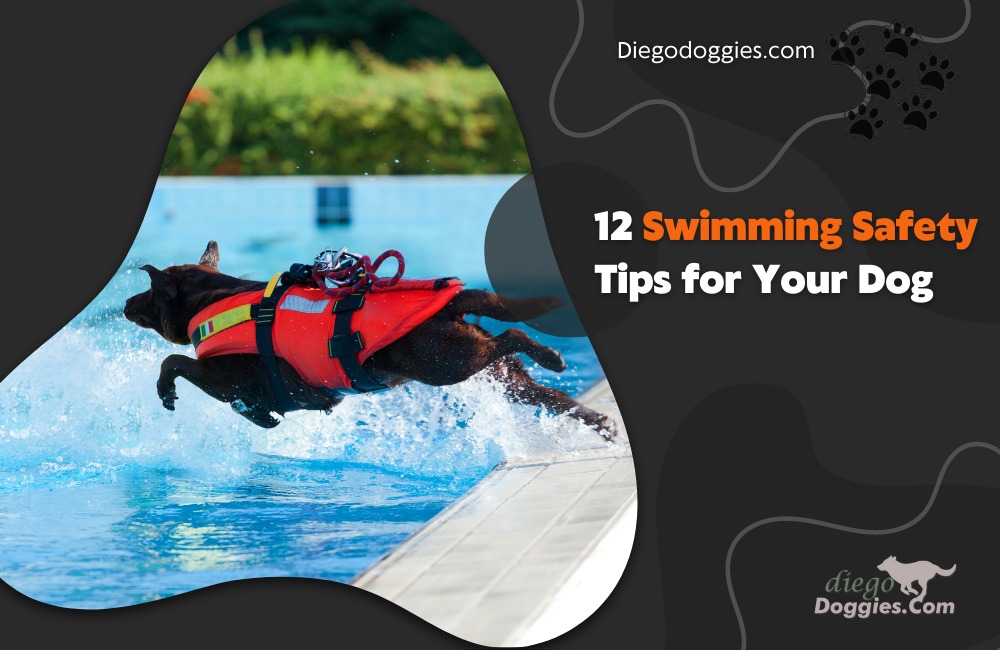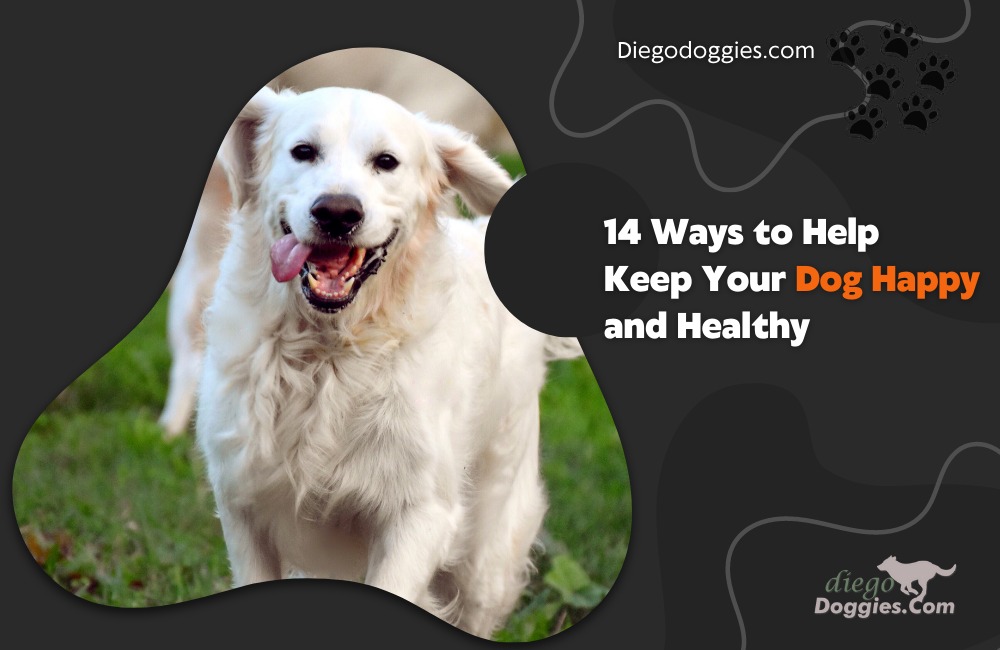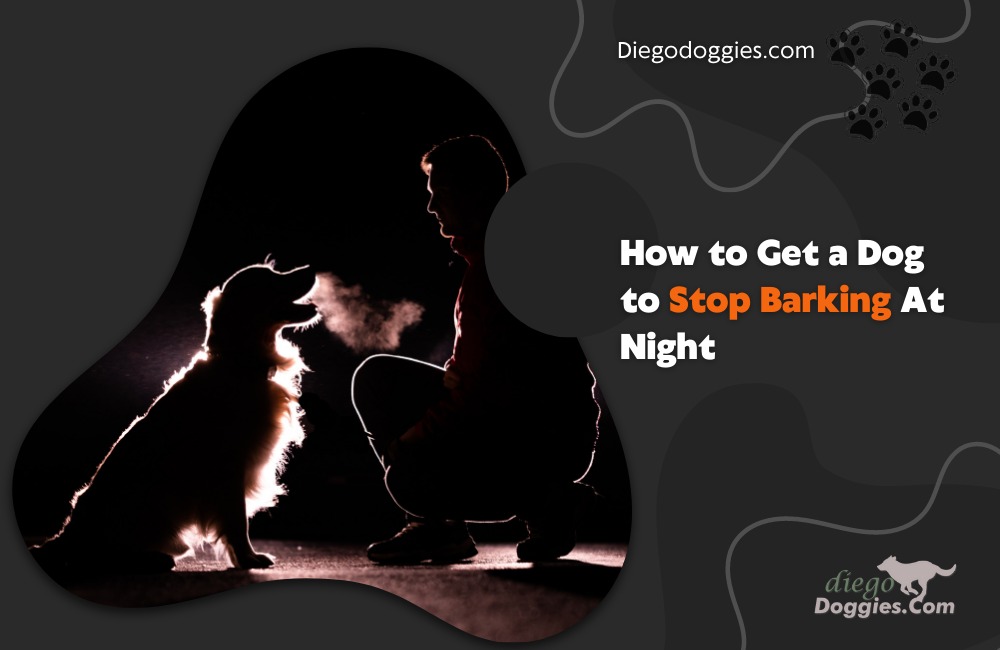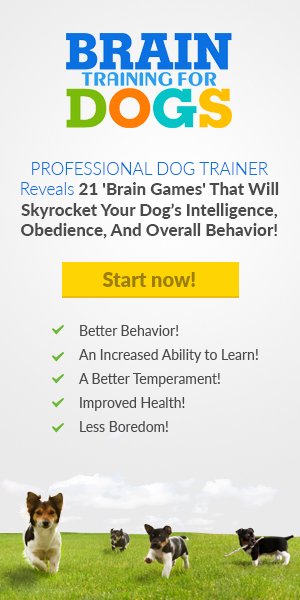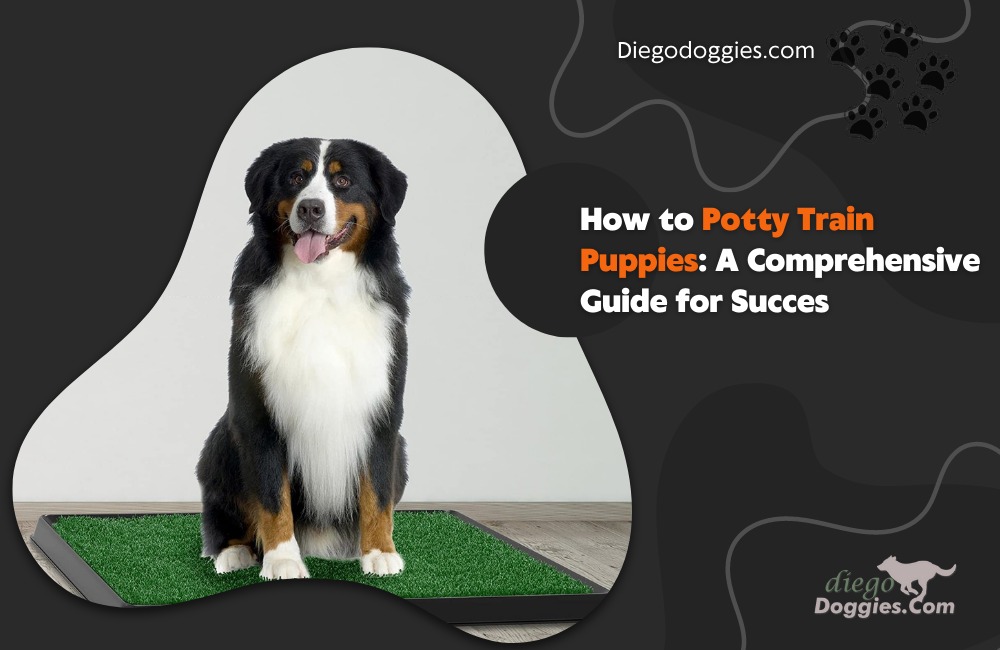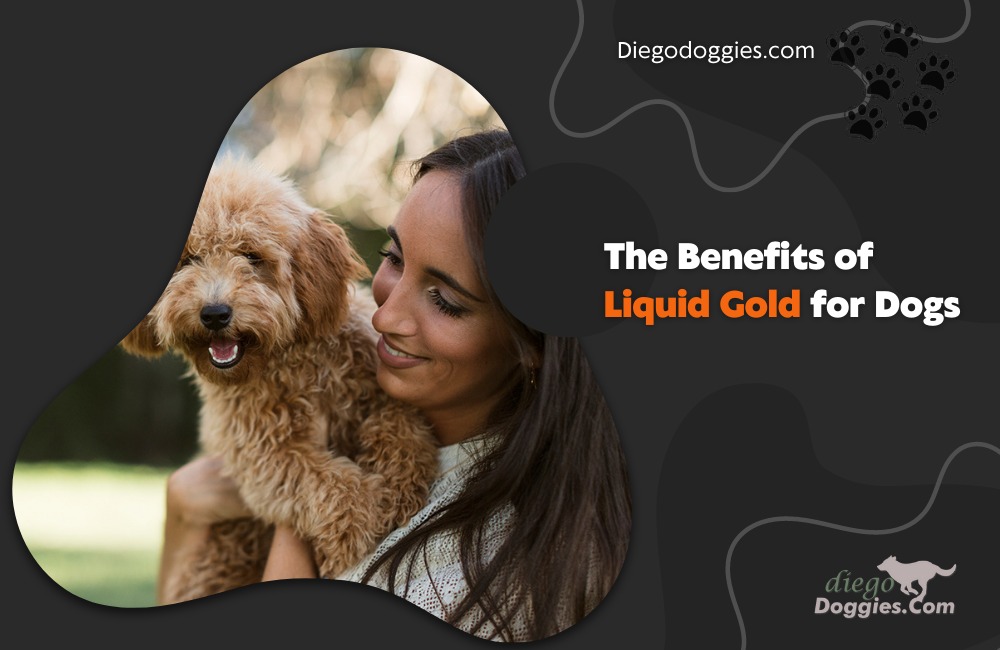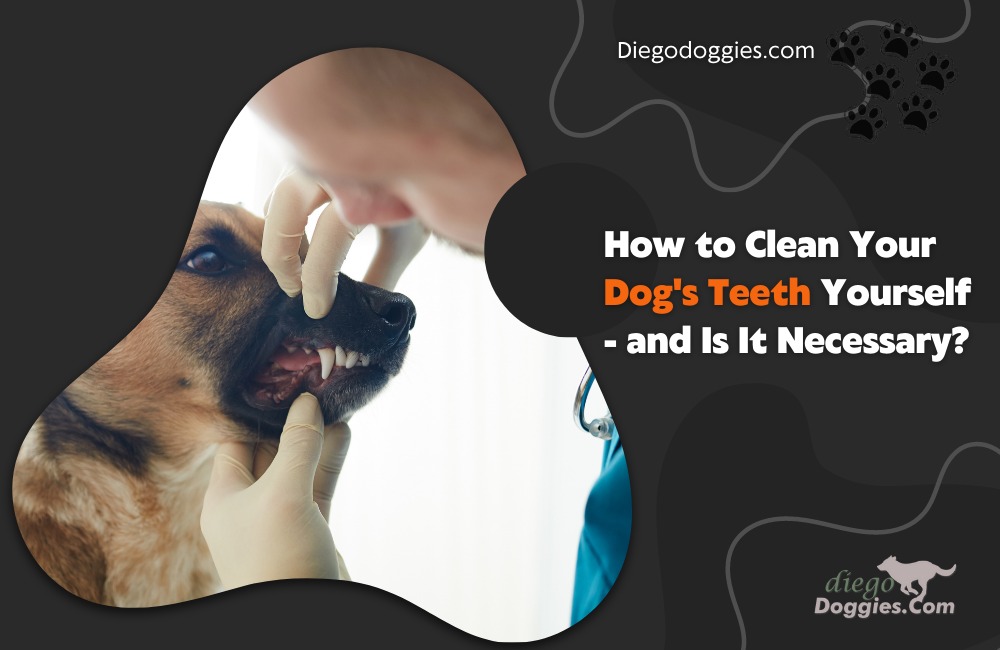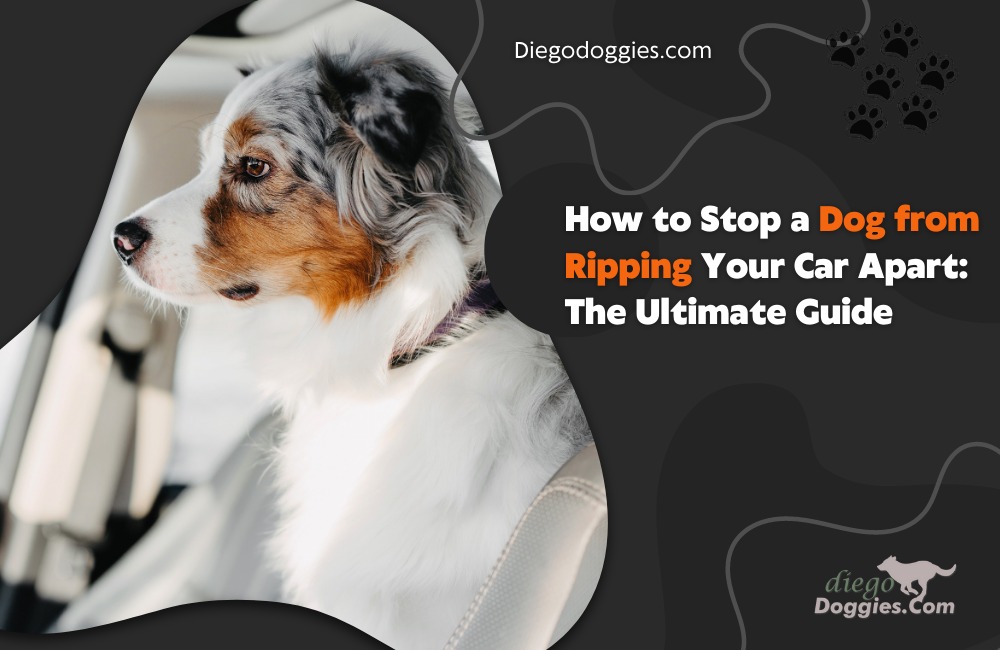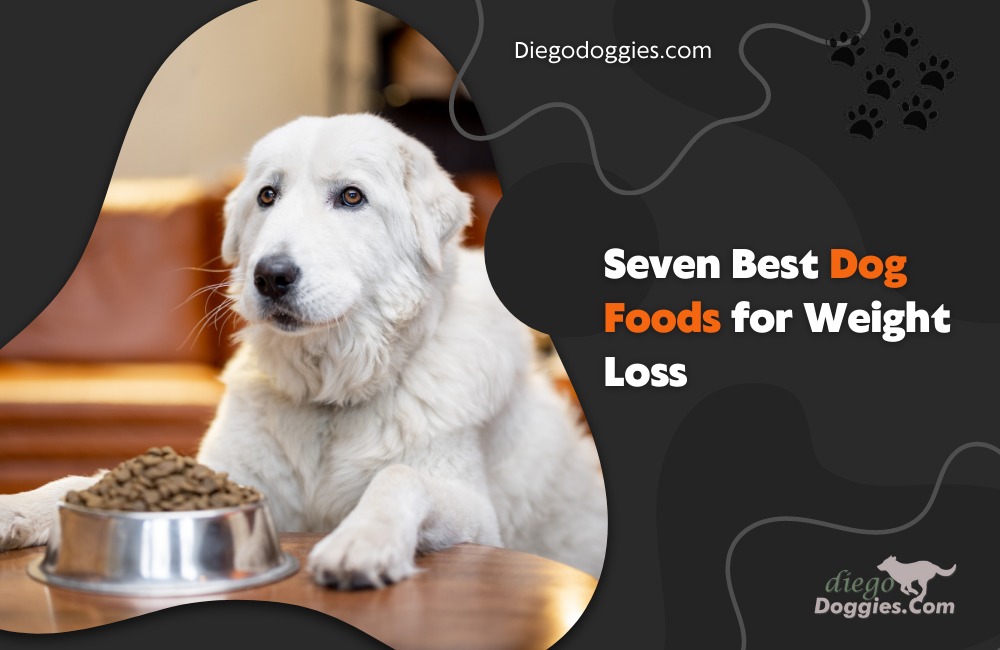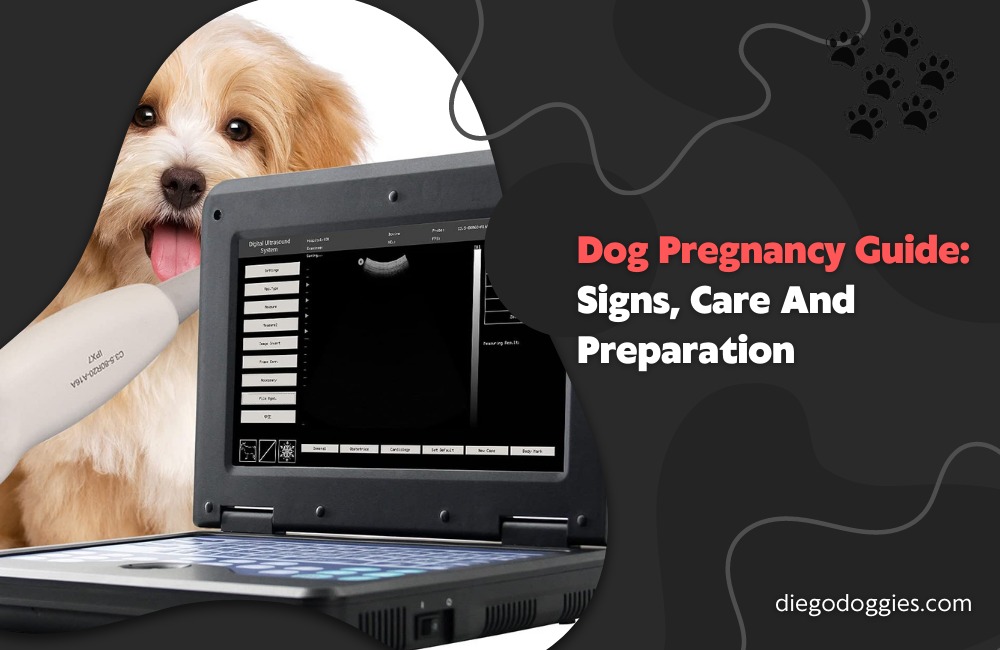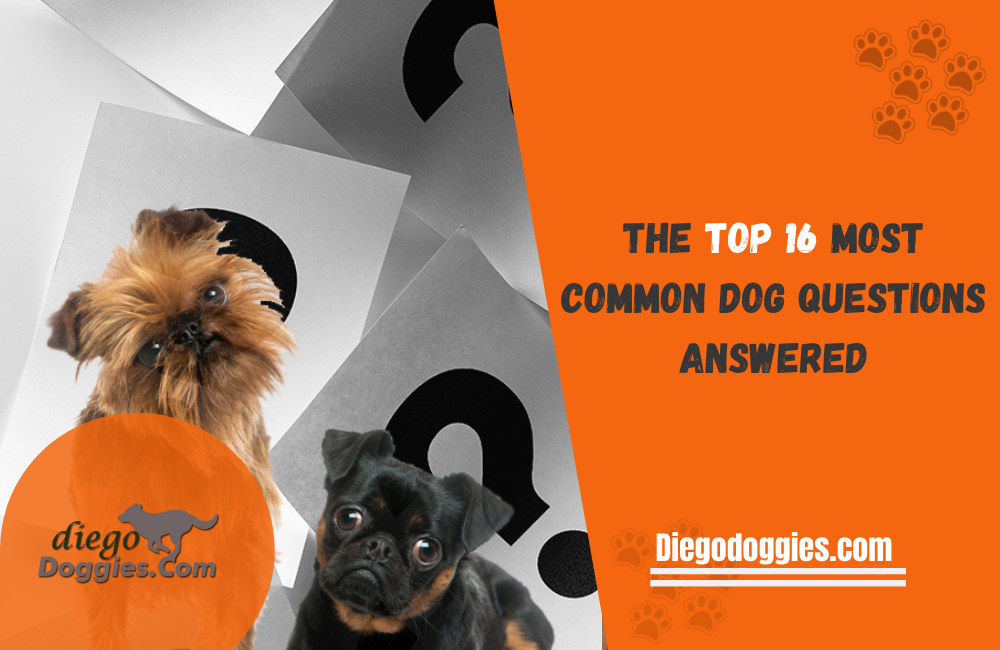Do you have a dog? If so, you know that there are a lot of questions that come along with owning one. In this blog post, we will answer the top 16 most common dog questions. As you can see, there are a lot of questions that come along with owning a dog. But don’t worry, we are here to help! In this blog post, we will answer the top 16 most common dog questions.
1. What Type Of Dog Is Best For Me?
This is a question that prospective dog owners often ask themselves. The answer, unfortunately, is not as simple as one might hope. Different dog breeds have different temperaments, energy levels, and exercise needs – meaning that the best dog for one person might not be the best dog for another.
When trying to decide which dog breed is right for you, it’s important to do your research. Talk to friends or family members who own dogs, read books and articles about different dog breeds, and consult with a professional dog trainer or behaviorist.
Once you’ve gained a better understanding of the various dog breeds available, you can start narrowing down your options to find the best fit for you and your lifestyle.
2. How Much Should I Feed My Dog?
This is another common question dog owners have. The amount of food you should feed your dog will depend on a number of factors, including their age, activity level, and weight. Puppies and young dogs, for example, tend to need more food than adult dogs because they’re growing and developing.
The best way to determine how much to feed your dog is to consult with your veterinarian. They can give you specific recommendations based on your dog’s individual needs. If you’re unsure about how much food to feed your dog, it’s always better to err on the side of feeding them less rather than more. Overfeeding can lead to obesity, which can cause a whole host of health problems.
3. When Should I Take My Dog To The Vet?
Ideally, you should take your dog to the vet at least once a year for a wellness checkup. This yearly visit is a chance for your veterinarian to assess your dog’s health and make sure they’re up-to-date on all their vaccinations.
However, there may be times when you need to take your dog to the vet more frequently. If your dog is sick or injured, for example, you’ll need to take them in for treatment. Puppies also need to go to the vet more often than adult dogs because they’re growing and developing.
4. Should I Get Pet Insurance For My Dog?
This is a question that many dog owners struggle with. There is no right or wrong answer, and ultimately it’s up to you to decide whether or not you want to get pet insurance for your dog. There are a few things you should keep in mind if you’re considering pet insurance, though. First, it’s important to understand that pet insurance is not a replacement for veterinary care. It’s important to continue taking your dog to the vet even if you have pet insurance.
Second, pet insurance can be expensive. The monthly premiums can add up, and you might end up paying more in premiums than you ever get back in benefits. Finally, pet insurance only covers certain things. It usually doesn’t cover routine care, such as vaccinations and wellness checkups. It also doesn’t cover pre-existing conditions.
5. How Much Exercise Does My Dog Need?
The amount of exercise your dog needs will depend on its age, breed, and health. Some dogs need more exercise than others, and it’s important to find an activity that both you and your dog enjoy.
If you’re not sure how much exercise your dog needs, talk to your veterinarian. They can give you specific recommendations based on your dog’s individual needs. Walking is a great way to bond with your dog and get them the exercise they need. If you’re short on time, though, there are plenty of other activities you can do with your dog to help them stay active.
6. What Are The Signs That My Dog Is Healthy?
There are a few signs that you can look for to determine if your dog is healthy. First, they should have a shiny, thick coat of fur. Second, they should have bright eyes and a clean nose. Third, their gums should be pink and their teeth should be white. Fourth, they should have strong muscles and no visible injuries. Finally, they should be able to walk and move easily.
The veterinarian can help you determine if there’s anything wrong and provide you with specific recommendations for keeping your dog healthy.
7. What Are The Signs That My Dog Is Sick?
There are a few signs that you can look for to determine if your dog is sick. First, they may have a dull coat of fur. Second, their eyes may be sunken in and their nose may be dry. Third, their gums may be pale and their teeth maybe yellow. Fourth, they may have weak muscles and visible injuries. Finally, they may be lethargic and have difficulty moving.
If you notice any of these signs, it’s important to take your dog to the vet right away. They can determine if there’s anything wrong and provide you with specific recommendations for treatment.
8. How Can I Prevent My Dog From Getting Sick?
The best way to prevent your dog from getting sick is to take them to the vet for regular checkups and vaccinations. This will help them stay up-to-date on all their shots and prevent them from getting diseases.
You should also keep an eye on your dog’s diet and make sure they’re eating healthy food. A healthy diet will help boost their immune system and keep them from getting sick. Finally, you should try to avoid exposing your dog to places where they could catch a disease. This includes other dogs, dirty environments, and sick people.
9. What Are Some Common Dog Diseases?
There are a few common dog diseases that you should be aware of. One is parvovirus, which is a deadly virus that can cause severe diarrhea and vomiting. Another is distemper, which is a highly contagious disease that can cause fever, coughing, and runny eyes.
Finally, kennel cough is a common dog disease that causes inflammation in the lungs and airways. It’s highly contagious and can be deadly if not treated.
10. How Do I Introduce My New Dog To My Other Pets?
If you have other pets, it’s important to introduce them to your new dog slowly. Start by keeping them in separate rooms and allowing them to sniff each other under the door. Once they seem comfortable, you can let them meet face-to-face while supervised.
It’s important to take things slow and let your pets get used to each other at their own pace. You may need to keep them separated for a while before they’re ready to live together.
11. What Are The Best Dog Toys For My Dog?
The best dog toys are ones that are safe, durable, and enjoyable for your dog. Some good options include chewing toys, Kongs, Nylabones, and squeaky toys. It’s important to choose a toy that’s appropriate for your dog’s size and chewing habits.
You should also avoid giving your dog old shoes or other household items as toys. These can be dangerous if your dog swallows them or tries to chew on them.
12. What Is The Best Dog Food For My Dog?
The best dog food is one that is nutritious and meets all of your dog’s needs. It’s important to choose a food that is appropriate for your dog’s age, breed, and activity level. You should also consult with your vet to see if they have any specific recommendations.
You can find a wide variety of dog foods on the market, so it’s important to do some research to find the best option for your dog.
13. How Do I Potty Train My Dog?
There is no one-size-fits-all answer to this question, as every dog is different. However, there are a few basic steps that you can follow to potty train your dog.
First, you’ll need to choose a designated potty area for your dog. This could be outside in your yard or on a dog potty pad inside your house. Next, you’ll need to train your dog to go to the potty area when they need to go. You can do this by taking them to the area on a regular basis and rewarding them when they go. Finally, you’ll need to be patient and consistent with your dog.
14. What Are Some Dog Behaviors That I Should Be Concerned About?
There are a few dog behaviors that could be cause for concern. If your dog is exhibiting any of these behaviors, you should consult with a vet or dog behaviorist.
One behavior to be concerned about is aggression. This can manifest itself in various ways, such as growling, snapping, and biting. Another behavior to watch out for is separation anxiety. This can cause your dog to become anxious or destructive when you leave them alone.
Other behaviors that may be cause for concern include excessive barking, howling, digging, and chewing. If your dog is displaying any of these behaviors, it’s important to get help from a professional.
15. How do I Socialize My Dog?
Socializing your dog is important to help them become well-rounded and comfortable around people and other animals.
One way to socialize your dog is to take them to dog parks or dog beaches. This will allow them to interact with other dogs and get used to being around people.
Another way to socialize with your dog is to take them on walks around your neighborhood. This will help them get used to different sights and sounds.
Finally, you can socialize your dog by taking them to dog-friendly businesses, such as dog-friendly restaurants or stores.
16. How Do I Groom My Dog?
Grooming your dog is important to keep them clean and healthy. You should start by brushing your dog’s fur on a regular basis. This will help remove any dirt or debris that could be trapped in their fur. Next, you’ll need to bathe your dog as needed. You should use a dog-specific shampoo to avoid drying out their skin.
Finally, you should trim your dog’s nails on a regular basis. This will help prevent them from getting too long and causing discomfort for your dog.
Final Words
These are just a few of the most common dog questions that people have. If you have any other questions, be sure to consult with a professional. Thanks for reading!
Related Content

